What’s the ROI of Automated Pallet Changing Machines in Brazil's Automation Sector?
In my years in the packaging machine industry, I've seen countless factories struggle with the same hidden problem. You have a highly efficient production line, a great team, and a solid product. But there's a bottleneck that quietly slows everything down, increases costs, and creates safety risks: manual pallet handling. This process seems simple, but it's often a major source of inefficiency, product damage, and workplace injuries. This silent drain on resources is particularly challenging in competitive markets like Brazil's automation sector, where every percentage point of efficiency matters. The constant pressure to reduce costs while improving output can feel overwhelming, especially when these manual processes are so ingrained in your daily operations.
The return on investment (ROI) for an automated pallet changing machine in Brazil's automation sector is typically realized within 12 to 24 months. This rapid payback is driven by a combination of factors: dramatic reductions in manual labor costs, the virtual elimination of product damage during transfer, increased operational speed and throughput, and significant improvements in workplace safety, which lowers insurance premiums and lost-time incidents. These machines are not just a cost center; they are a profit driver.
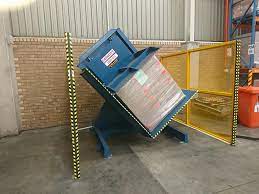
This impressive ROI figure is just the beginning of the story. The true value of this technology goes far beyond the initial cost savings. It's about building a more resilient, flexible, and future-proof operation. As someone who has built a factory from the ground up, I understand that an investment must solve multiple problems at once. Let's dig deeper into the specific ways an automated pallet changer delivers value and transforms your facility.
How Do Pallet Changers Directly Reduce Operational Costs?
Are hidden operational costs slowly eating away at your profit margins? You might not even see them on a standard balance sheet. I'm talking about the cost of products damaged during manual transfer, the expense of replacing lost or broken in-house pallets, or the time wasted by employees manually re-stacking goods. These small, recurring costs add up to a significant financial drain over time. It’s a constant battle, especially when you're trying to keep up with the fast pace of Brazil's industrial sector. The frustration is that these costs feel unavoidable, a standard part of doing business. But what if they weren't? What if you could capture that lost revenue and reinvest it into your growth?
Automated pallet changers directly reduce these operational costs by tackling the root causes of inefficiency. They minimize product damage through gentle, controlled handling, eliminate the high labor costs associated with manual restacking, and allow for a smarter pallet strategy. This means you can use inexpensive, one-way shipping pallets for outbound logistics while keeping your high-quality, durable pallets safely within your facility.
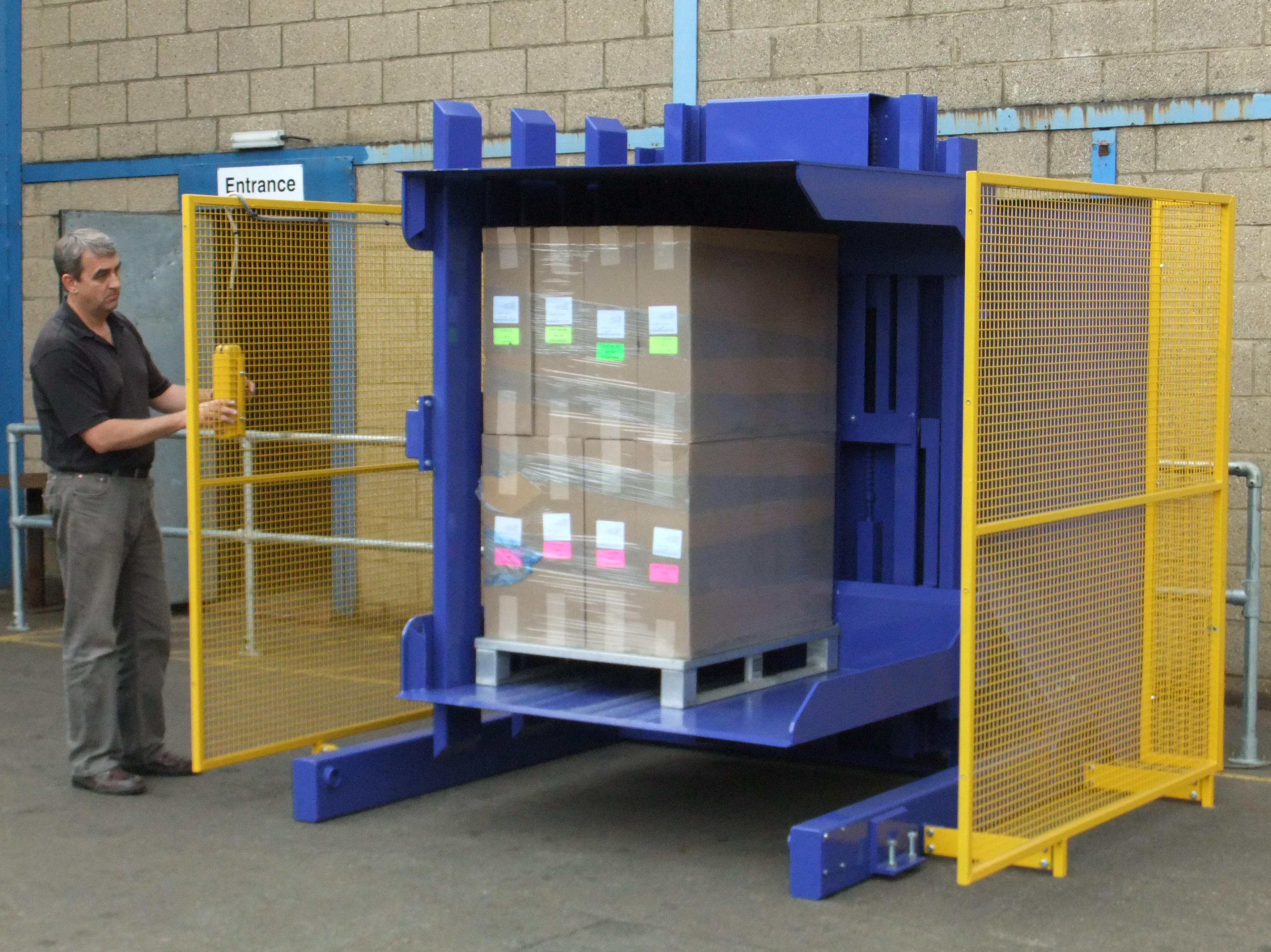
Analyzing the True Cost of Manual Handling
Many factory owners I speak with, like Javier, a steel mill owner in Mexico, are laser-focused on reducing overall operating costs by a specific target, say 8%. The challenge is finding where those savings can come from without compromising quality. Manual pallet handling is a prime area. The direct costs are obvious: the wages of the two or three employees it takes to transfer a load. But the indirect costs are often much higher. These include product damage from accidental drops, contamination from dirty or broken wood pallets, and the administrative headache of processing returns and claims. An automated system operates with precision every single time, reducing damage rates to near zero. This is a direct and measurable contribution to your bottom line.
A Smarter Pallet Management Strategy
Let's look at the math. A high-quality, reusable plastic or wooden pallet suitable for an internal automated system can cost upwards of R$150. A lightweight, disposable export pallet might only cost R$30. Shipping your products on your expensive in-house pallets is like giving away money with every shipment. An automated pallet changer breaks this cycle. It allows you to build your entire internal logistics around durable, reliable pallets while switching to cheap, compliant export pallets at the final stage. This single change can generate massive savings.
| Cost Factor | Manual Process (Shipping with In-House Pallets) | Automated Process (Switching to Shipping Pallets) | Savings |
|---|---|---|---|
| Pallet Cost per Shipment | R$150 (High-Quality Pallet) | R$30 (Lightweight Export Pallet) | R$120 |
| Product Damage Rate | ~1.5% from manual handling | <0.1% from automated handling | ~1.4% |
| Pallet Loss/Damage | ~5% per shipping cycle | 0% (In-house pallets are retained) | 5% |
| Manual Labor Cost | 2 Workers, 15 Mins (~R$10) | 0 | R$10 |
When you multiply these savings across hundreds or thousands of shipments per year, the financial impact is undeniable. You are not just buying a machine; you are investing in a system that permanently lowers your cost per unit shipped.
What Is the Impact of Pallet Changers on Labor and Safety?
Think about your most valuable asset: your people. Are you putting them in a position to succeed, or are you exposing them to unnecessary risk? The task of manually lifting and re-stacking heavy boxes or bags is a leading cause of musculoskeletal injuries in industrial environments. These injuries are not just a human tragedy; they are a significant business liability. The direct costs of medical care and worker compensation are substantial. The indirect costs, like lost productivity, the need to train replacement staff, and a decline in team morale, can be even more damaging. In a country like Brazil with strong worker protection laws, ignoring ergonomic risks is not an option.
The primary impact of automated pallet changers on labor and safety is the near-complete removal of dangerous manual handling tasks. By automating the process of lifting, tilting, and transferring loads, these machines drastically reduce the risk of back strains, sprains, and other common workplace injuries. This not only protects your employees but also allows you to reallocate their skills and talents to more complex, value-added roles within your operation, such as quality control or machine supervision.
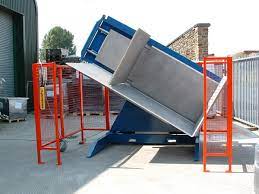
Shifting from Manual Labor to Skilled Supervision
I remember visiting a factory where two of their best workers spent half their day just moving boxes from one pallet to another. They were strong and efficient, but their real talent was in problem-solving and understanding the production flow. It was a waste of their potential. This is a story I see repeated across the industry. Automation isn't about replacing people; it's about elevating them. When a pallet changer takes over the repetitive, physically demanding work, those same employees can be retrained. They can become machine operators, maintenance technicians, or quality assurance specialists. They shift from performing a manual task to supervising an automated process, using their knowledge to ensure the system runs smoothly and efficiently. This creates a more engaged and skilled workforce, which is essential for long-term growth.
Quantifying the Safety and Morale Dividend
The financial benefits of improved safety are clear and quantifiable. Lower injury rates lead directly to lower insurance premiums. Reduced absenteeism and employee turnover save money on recruitment and training. But the unquantifiable benefits are just as important. A safer workplace is a happier and more productive workplace. When employees see that the company is investing in technology to protect their well-being, it builds trust and loyalty. This positive culture is a competitive advantage that can't be easily replicated.
Let's compare the focus of your team before and after this kind of automation.
| Team Focus | Before Automation | After Automation |
|---|---|---|
| Primary Task | Manual lifting, stacking, moving | System monitoring, quality checks |
| Physical Strain | High risk of back/shoulder injury | Minimal to none |
| Key Skill | Physical strength and stamina | Attention to detail, technical aptitude |
| Contribution | Labor-intensive task completion | Process optimization, efficiency improvement |
This transformation aligns perfectly with the goals of modern factory leaders. You want to improve uptime and efficiency. You can achieve that by empowering your team with the right tools, freeing them from dangerous work so they can focus on making your entire operation better.
How Do Pallet Inverters Enhance Product Quality and Supply Chain Flexibility?
Imagine this scenario: a major customer rejects an entire truckload of your product. The reason? It was shipped on wood pallets, but their automated warehouse only accepts plastic. Or, consider a warehouse full of food ingredients where the items at the bottom of the pallet are approaching their expiration date, but you can't access them without manually unstacking everything. These are not just logistical headaches; they are real-world problems that cause costly delays, create waste, and damage your company's reputation. You feel stuck, forced to react to problems instead of proactively managing your supply chain.
Pallet inverters provide a powerful solution, enhancing product quality and supply chain flexibility by enabling the quick, safe, and gentle 180-degree rotation of a fully loaded pallet. This simple capability unlocks a host of benefits. It allows you to instantly swap a broken or non-compliant pallet, easily implement a "First-In, First-Out" (FIFO) inventory system, and effortlessly transfer goods between different pallet types to meet any customer or internal requirement.
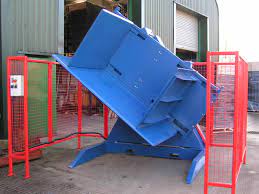
The Power of Instant Pallet Swapping
In my journey, I learned that the ability to adapt is critical. Your customers' requirements can change, and you need to be able to respond quickly. A pallet inverter gives you that agility.
- Meeting Customer Demands: If a customer in the automotive sector requires shipments on specific metal skids, or a pharmaceutical client demands sanitized plastic pallets, you can make the switch in minutes. This eliminates the risk of rejection and positions you as a flexible, reliable partner.
- Maintaining Internal Standards: Many modern factories in Brazil use high-quality plastic or composite pallets in their internal automated systems (like ASRS or AGVs) for consistency. Wood pallets from suppliers can't enter this system. A pallet inverter at the receiving dock allows you to transfer incoming goods onto your standard internal pallets immediately, protecting your equipment and maintaining a clean environment.
- Damage Recovery: What happens when a forklift damages a pallet at the bottom of a 1.5-ton stack? Manually, it's a disaster. With an inverter, you can support the load, rotate it, replace the broken pallet, and have it back in the system in under five minutes.
Ensuring Quality with FIFO and Product Care
For industries dealing with perishable goods, food, or pharmaceuticals, managing inventory rotation is not just about efficiency; it's about compliance and safety. A pallet inverter is a key tool for this. By inverting a stack, you can easily access the products that were loaded first, ensuring a true FIFO flow. This simple action dramatically reduces spoilage and waste. I worked with a food processing client who cut their waste from expired ingredients by over 15% simply by implementing pallet inverters at their warehouse. The investment paid for itself in less than a year on that metric alone. This also applies to products that need to be "turned" or mixed to prevent settling, such as paints, chemicals, or certain bulk powders, ensuring consistent quality from the top of the pallet to the bottom.
What are the Long-Term Strategic Benefits Beyond Immediate ROI?
You've analyzed the numbers, and the short-term ROI for a pallet changer looks promising. But as a forward-thinking leader, you know that the best investments are not just about solving today's problems; they are about preparing for tomorrow's opportunities. You might worry that you're just buying a single-task machine. The real question is, how does this investment fit into your long-term vision for the company? If you only focus on the immediate payback, you risk missing the much larger, strategic value. Your most innovative competitors in Brazil and across Latin America aren't just buying machines; they are building integrated systems to create more agile, resilient, and intelligent operations.
Beyond the immediate ROI, the long-term strategic benefits of an automated pallet changer are profound. It acts as a critical building block for future automation, enabling seamless integration with AGVs, ASRS, and warehouse management systems. This investment enhances your brand's reputation by ensuring consistent, high-quality shipments. Most importantly, it gives your operation the agility to adapt and thrive in the face of market fluctuations and evolving customer demands.
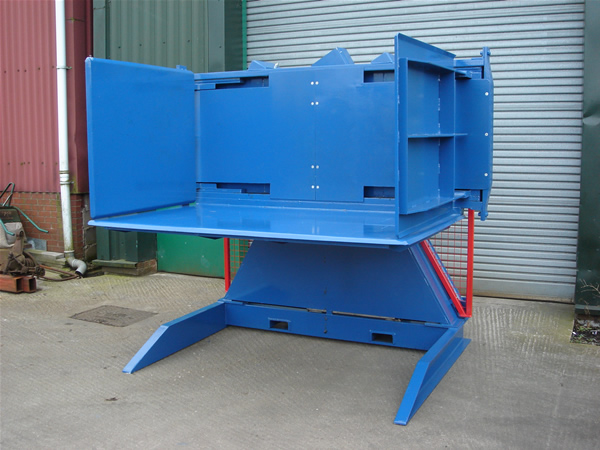
A Gateway to a Fully Automated Future
Think of your factory's automation journey as building with blocks. You can't construct the top floor without a solid foundation. An automated pallet changer is a foundational piece. It's the critical link between your production line, your warehouse, and your shipping dock. Leaders like Javier are pushing to deploy MES and IoT platforms for total production visibility. A modern pallet changer is an intelligent device that fits perfectly into this vision. It can communicate with your Warehouse Management System (WMS), providing data on every cycle. It can be programmed to receive loads from an Autonomous Guided Vehicle (AGV) and prepare them for an Automated Storage and Retrieval System (ASRS). By installing a pallet changer now, you are making your facility ready for the next wave of automation, whenever you choose to implement it.
Building Resilience in a Volatile Market
The past few years have taught us all about market volatility and supply chain disruption. A strategic investment in flexibility is an investment in resilience. An automated pallet changer makes your operation less fragile and more adaptable.
| Strategic Goal | How Pallet Changers Contribute | Long-Term Business Impact |
|---|---|---|
| Digital Integration | Connects to MES/WMS, provides operational data | Enables real-time visibility and data-driven decisions. |
| Supply Chain Agility | Reduces dependency on a single pallet type/supplier | Lowers risk, increases sourcing options, meets any customer spec. |
| Operational Scalability | Throughput is predictable and can scale without linear labor cost increases. | Ability to grow business and handle demand spikes efficiently. |
| Brand Reputation | Ensures every shipment is professional, safe, and compliant. | Builds customer trust, reduces rejections, strengthens partnerships. |
When your downstream market demand fluctuates, you need to be able to pivot quickly. When a new international shipping regulation is introduced, you need to comply immediately. This machine is more than just hardware; it's a tool that gives you the operational agility to say "yes" to new opportunities and confidently navigate uncertainty. It's a key piece in building a factory that is not just efficient today, but strong and adaptable for years to come.
My Take as an Engineer and Factory Owner
When I first started my career as an engineer on the factory floor, I saw firsthand how small, overlooked inefficiencies could hold back an entire operation. Later, when I built my own factory, I learned that every investment had to do more than just pay for itself. It had to solve a real, fundamental problem and move the entire business forward.
Today, I speak with leaders across Latin America, from steel mill owners like Javier in Mexico to plant managers in Brazil's booming automotive and electronics sectors. Their challenges are remarkably similar: they are dealing with aging equipment, facing intense cost pressures, and navigating the urgent need to modernize and digitize their operations. They are looking for a competitive edge.
This is where a machine like an automated pallet changer becomes so much more than just a piece of equipment. It's a strategic solution. It doesn't just swap pallets; it addresses these core challenges directly. It improves safety and flow around aging production lines. It delivers a clear, aggressive reduction in operating costs. And it serves as a physical, tangible first step into the world of smart, integrated automation that is crucial for competing in the 21st century.
This is why at SHJLPACK, we believe our role is to be more than a supplier. Our mission is to be a knowledge-sharing partner. We provide a total solution, starting with an analysis of your unique challenges and goals. We bring the expertise I wish I had when I was starting out, helping you make the right investment that will deliver value for years to come.
Conclusion
Investing in an automated pallet changer delivers a fast ROI and provides a strategic foundation for a safer, more efficient, and future-ready operation in Brazil's competitive automation sector.


